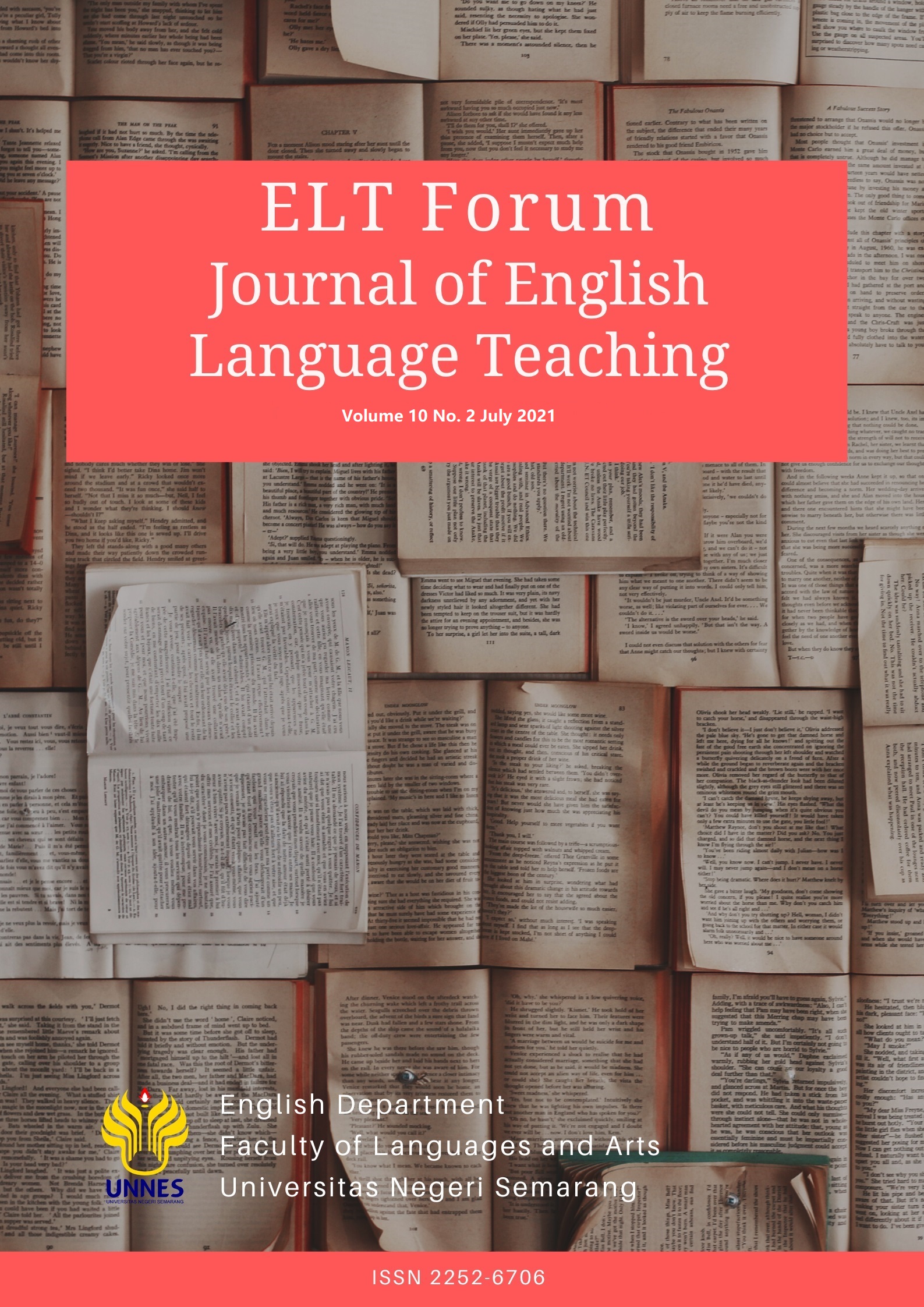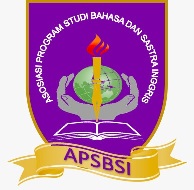Gendered perspective on online communication strategies: A case on English department students
Abstract
This study aims to investigate whether gender influence on online communication strategies performed by the English Department. This study provides types of communication strategies, the frequency of communication strategies used, and the factors that influence students in differentiating communication strategies used by both male and female students. The researcher used qualitative approach. Online face-to-face conversation and interview were chosen as the data collection technique. For the research instruments that the researcher used were communication strategies sheet, interview, and audio and video recording. The participants of this study were the eight semester students of English Department. The data collected were analyzed used communication strategies taxonomies proposed by Celce-Murcia et al. (1995). The results of this study show that used variety of communication strategies. The most frequent communication strategy used both male and female students is fillers, hesitation devices, and gambits. It was proven by the percentage that was 50%. The least used communication strategy by the students is circumlocution (0,07%). Related to gender, female students almost show higher number of occurrences for all of the communication strategies than male students. This phenomenon happened due to some factors such as the female characteristics that is socially oriented, expressive and avoid making mistakes. Meanwhile, male students showed characteristics such as talk simpler, have a great willingness to manage anxiety and they seem to conceal their inability to others.



_.jpg)
_.jpg)




